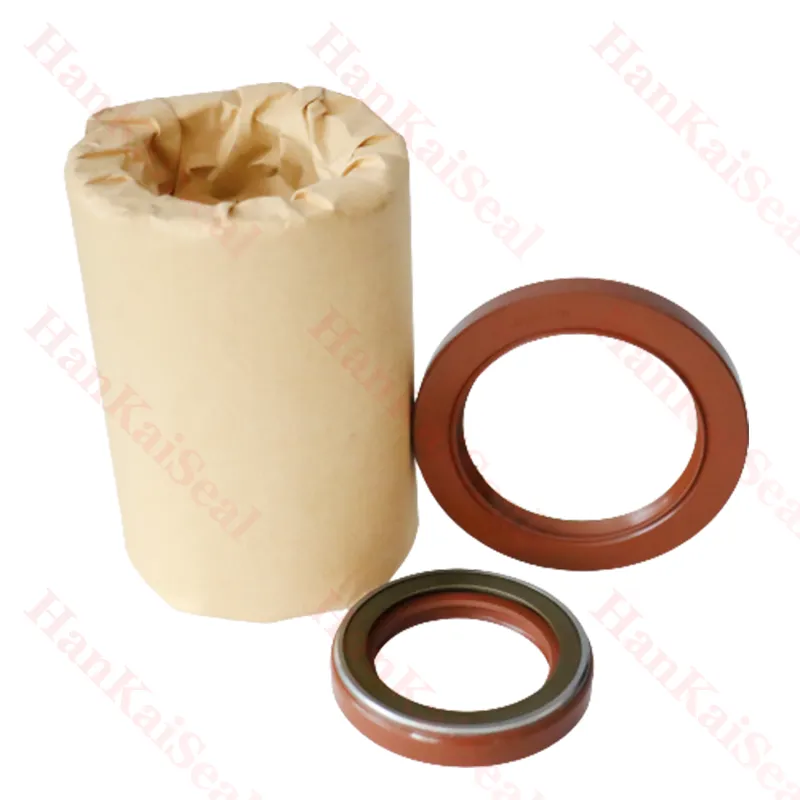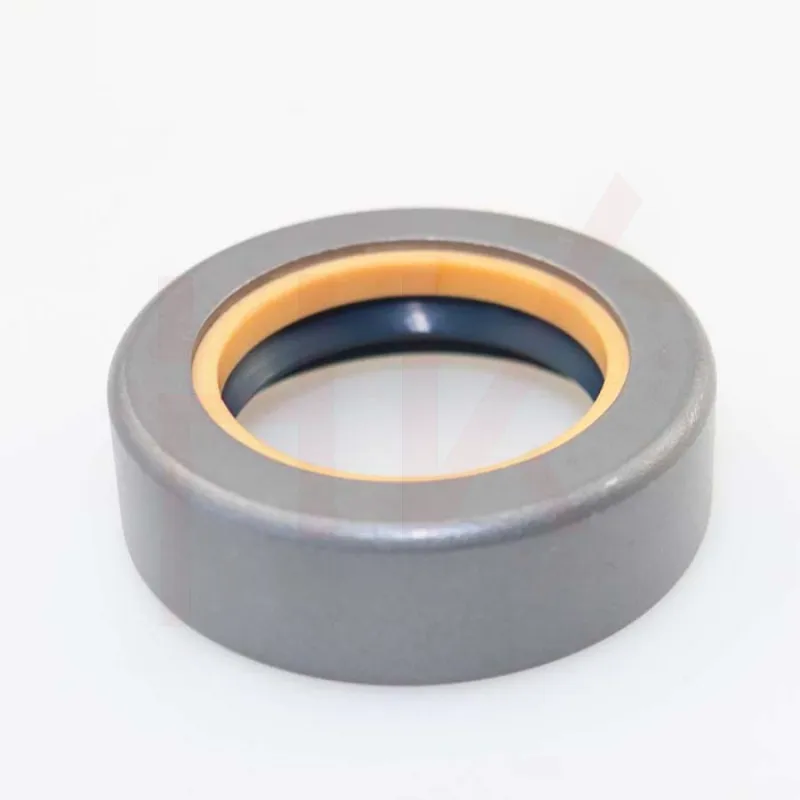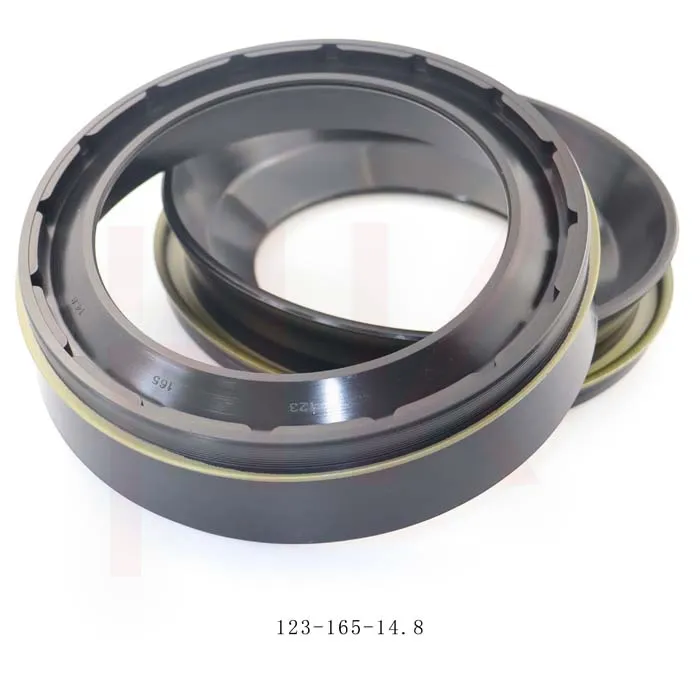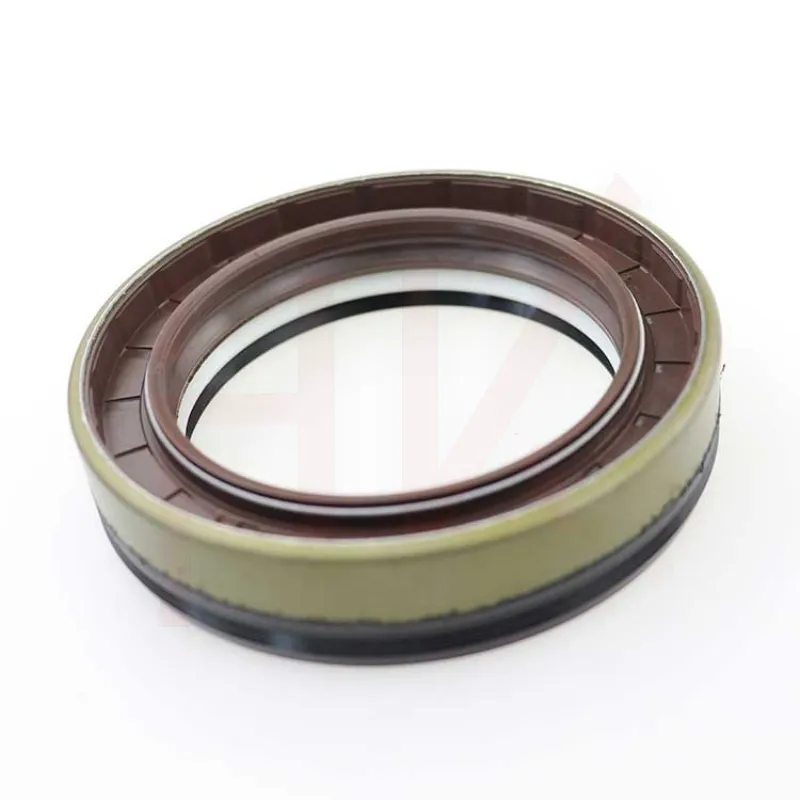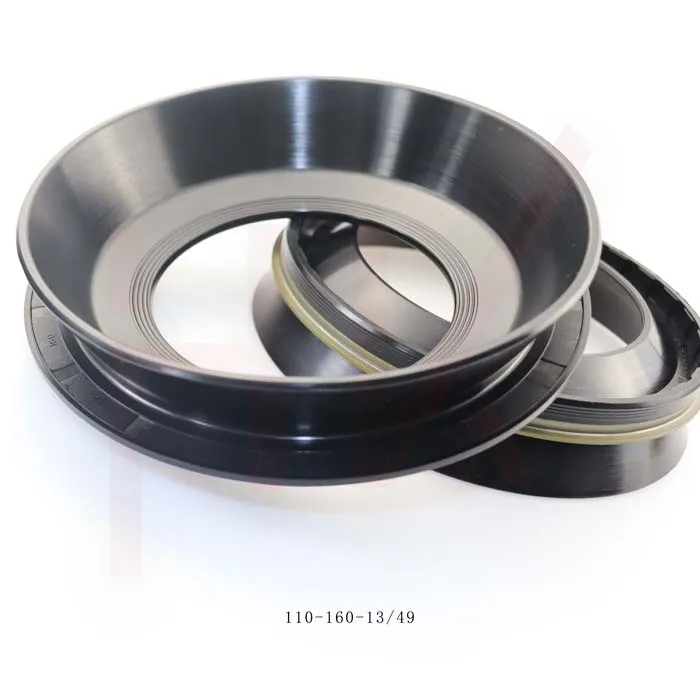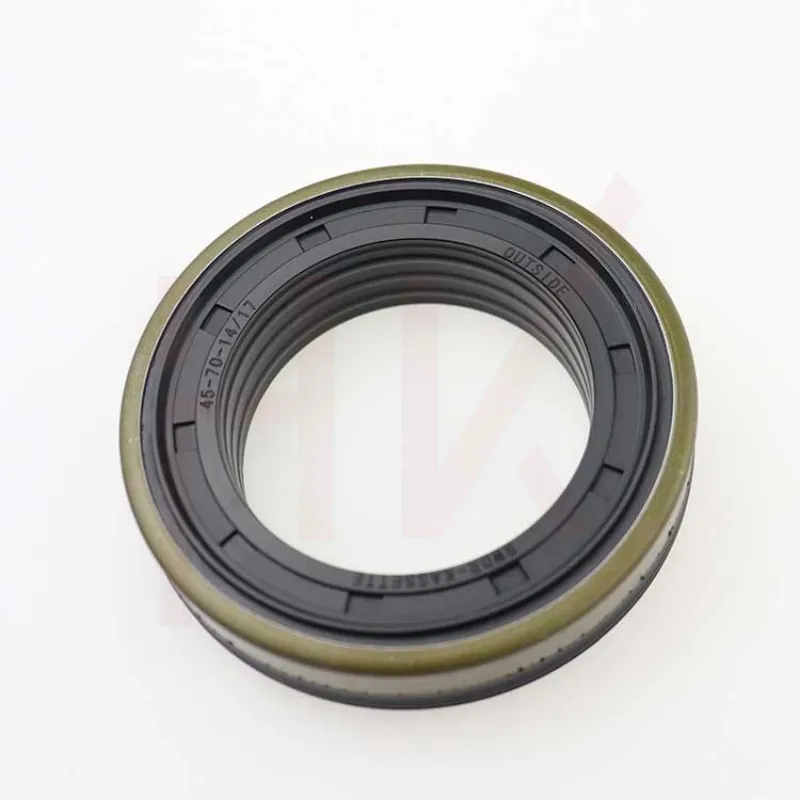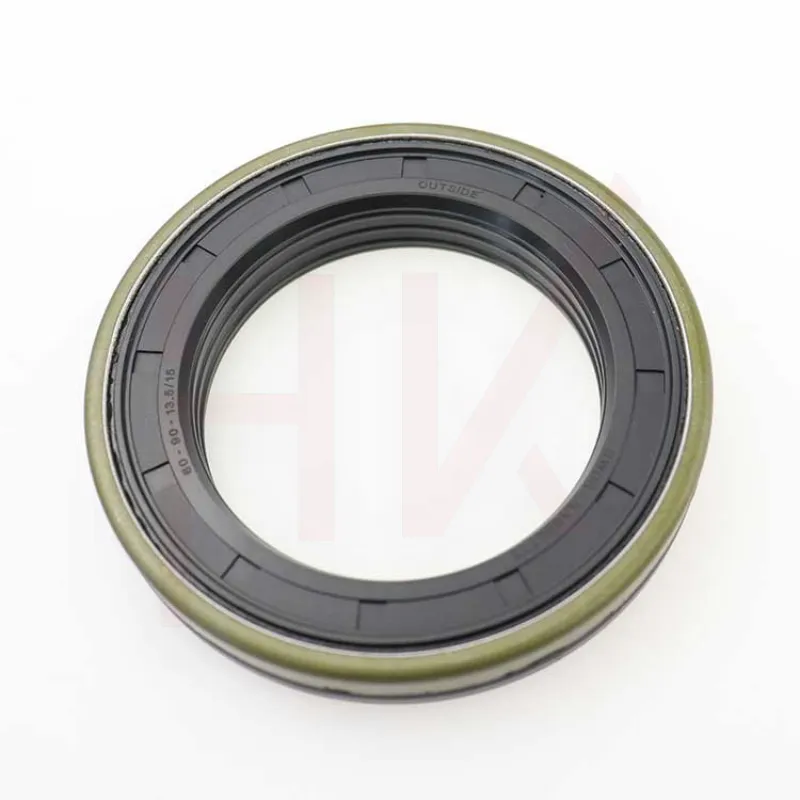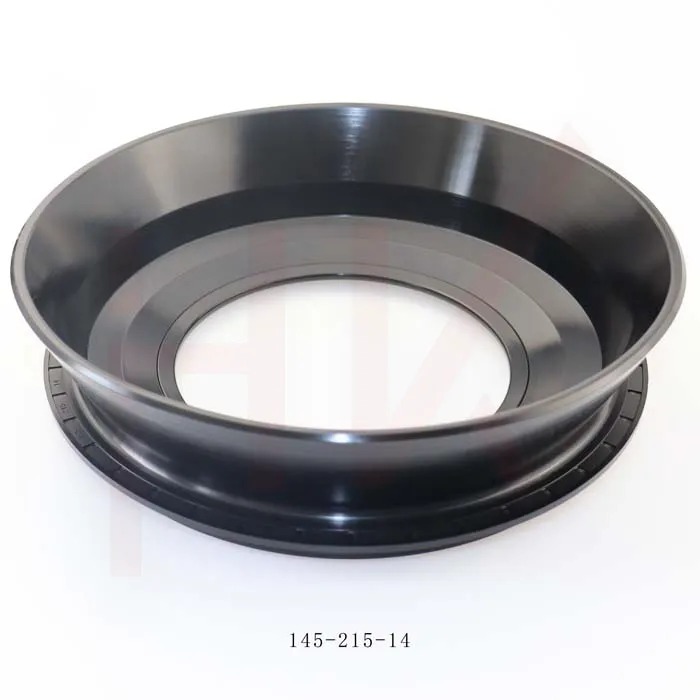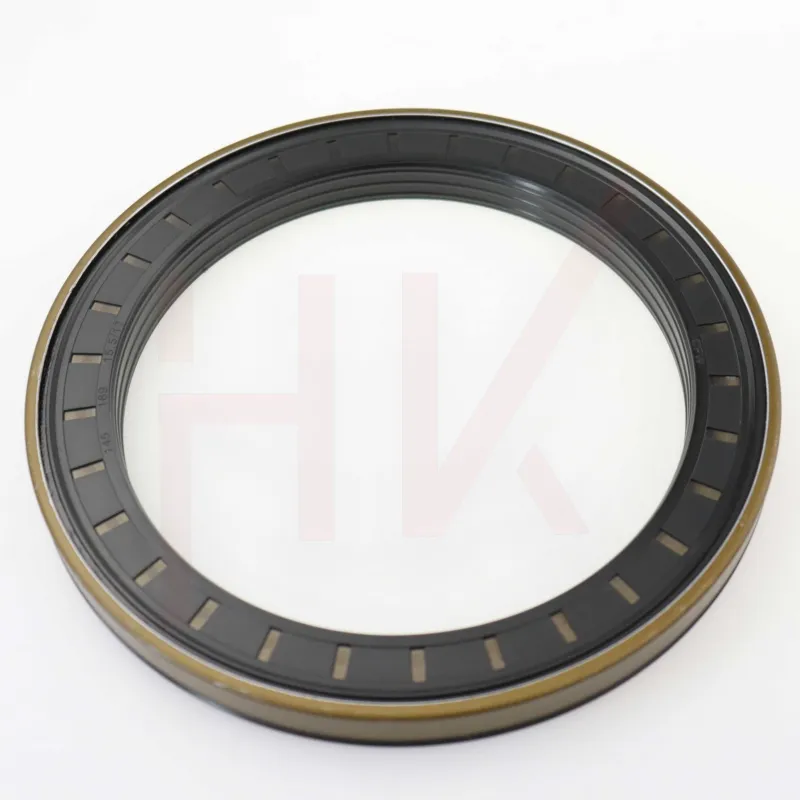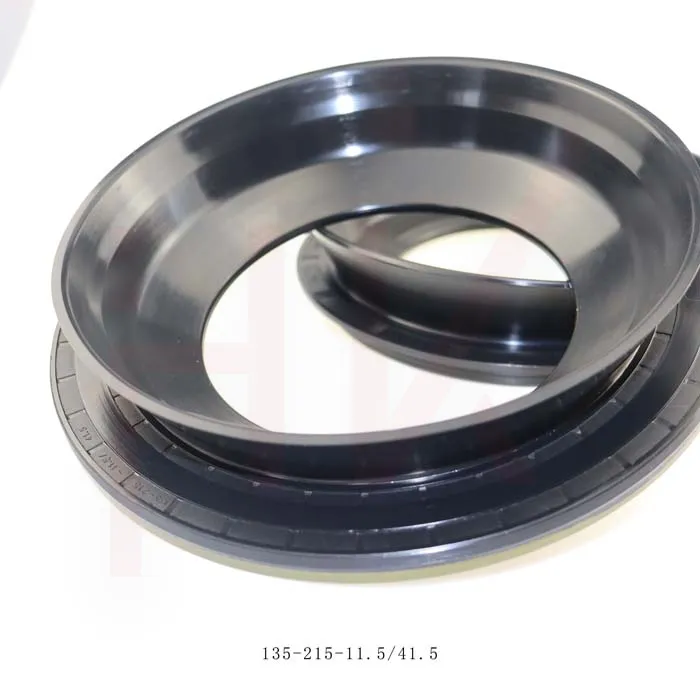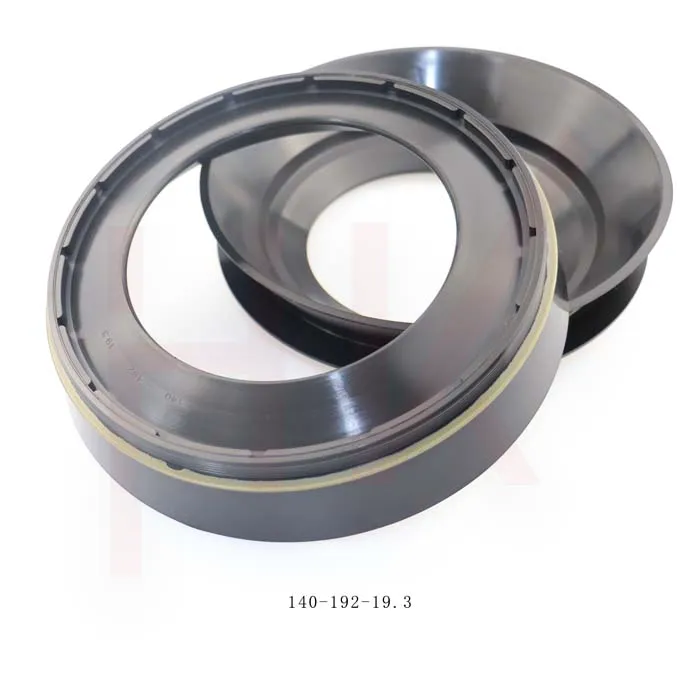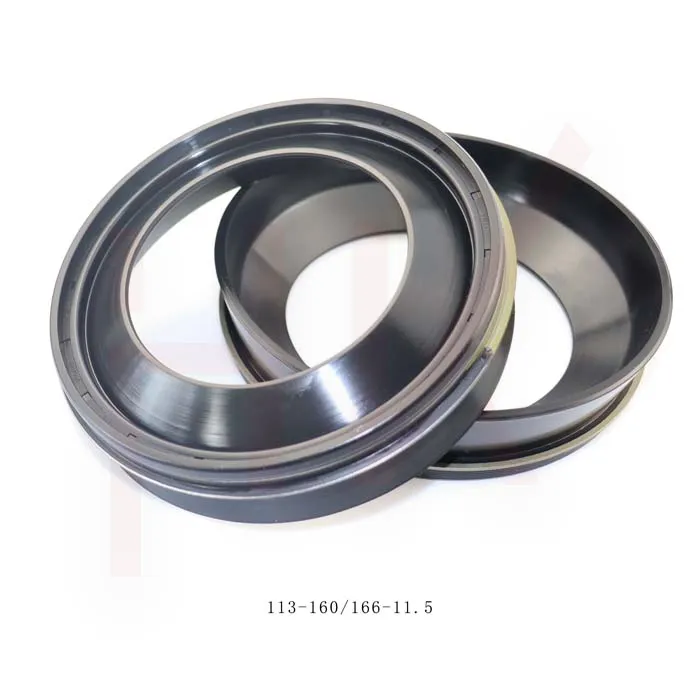Nov . 22, 2025 12:30 Back to list
Wiper Ring: Essential Sealing Solutions for Hydraulic & Pneumatic Systems
What Is a Wiper Ring and Why Does It Matter Worldwide?
At first glance, a wiper ring might seem like a niche, technical bit of equipment—something hidden away inside hydraulic cylinders or pneumatic machinery. But in reality, it plays a surprisingly pivotal role in countless global industries, from manufacturing lines in Asia to heavy equipment in remote African mines. Knowing what a wiper ring is, and why it matters, isn’t just for engineers; it’s about understanding how machines keep running smoothly, safely, and sustainably.
Globally, machinery downtime results in billions in lost productivity every year. Wiper rings, by sealing out contaminants like dust and moisture, prevent breakdowns before they start. They’re small, yes, but in an interconnected, production-hungry world, their effect is huge.
Wiping Away Problems: The Global Impact of Wiper Rings
Let’s start with some numbers. According to ISO standards and industry reports, over 70% of hydraulic system failures are traceable to seal contamination or leakage issues. A solid, well-designed wiper ring dramatically reduces that risk by stopping dirt and debris from entering sensitive equipment.
With the World Bank estimating the global machinery market to exceed $1 trillion by 2026 — a big slice of which relies on hydraulic systems — the demand and relevance of quality wiper rings are only growing. The challenge? Environments vary wildly. From dusty deserts to freezing arctic zones, wiper rings need to adapt or fail.
In practical terms, industries like construction, agriculture, transportation, and energy depend heavily on these tiny guardians. If you’ve ever wondered why a bulldozer or excavator can run for months on end without expensive repair, wiper rings are part of that story.
Quick Takeaway:
Wiper rings reduce costly hydraulic failures worldwide by sealing contaminants; their importance grows as machinery use expands across challenging environments.
Decoding the Wiper Ring: What Exactly Is It?
In simplest terms, a wiper ring is a sealing component designed to wipe off dirt, dust, and moisture from piston rods as they retract into hydraulic or pneumatic cylinders. It’s typically made from resilient elastomers or polyurethane, which cling tightly to the rod's surface.
Imagine it as a kind of “gatekeeper” that stops harmful particles from sneaking inside machinery, preventing wear and hydraulic fluid contamination. Without such a ring, dirt intrusion could cause scratches, corrosion, and ultimately, expensive downtime.
More broadly, wiper rings embody a principle central to modern manufacturing and even humanitarian engineering: protection through prevention. They facilitate smoother operation in agriculture machines feeding millions and in disaster relief equipment delivering water and supplies.
Quick Takeaway:
Wiper rings are critical defense seals that remove contaminants from piston rods, helping maintain long-lasting, reliable machinery.
Key Components of Wiper Rings: What Makes Them Work?
1. Material Durability
Most wiper rings are crafted from PU (polyurethane) or nitrile rubber — materials that offer excellent resistance to abrasion, heat, and chemicals. For harsher environments, specialized compounds can withstand extreme cold, UV radiation, or oil exposure.
2. Design Precision
The geometry of the wiper ring, such as lip angles and cross-sectional profiles, determine how well it maintains contact with the rod without excessive friction. Oddly enough, slight manufacturing variances can degrade performance dramatically, so precision tooling is key.
3. Installation Fit
Wiper rings need exact sizing to match piston rods. Too loose and they won’t wipe effectively; too tight and they can damage rod surfaces or wear themselves quickly. This is where engineers often spend considerable calibration time.
4. Compression & Elasticity
Effective sealing depends on a ring’s ability to compress slightly and spring back as the rod moves in and out, maintaining constant contact. This elasticity is the ‘secret sauce’ behind a wiper ring’s life span.
5. Environmental Adaptability
The best wiper rings account for varying temperatures, exposure to water, dust, and chemicals. In parts of Africa or Middle East construction sites, this adaptability means a difference of weeks or years in operational life.
Quick Takeaway:
Durable materials, exact design, proper installation, and environment-aware choices combine to make wiper rings reliable protectors against contamination.
Where Wiper Rings Make a Difference Around the World
Across continents and sectors, wiper rings quietly enable some of the most demanding operations:
- Construction & Mining: Massive excavators working dusty quarries rely on them to keep hydraulic rods clean, ensuring uninterrupted work.
- Agriculture: Tractors operating muddy fields get protection against the grit that otherwise shortens seal life.
- Marine Equipment: Offshore platforms and ships depend on them to repel saltwater and spray, where corrosion risks are high.
- Disaster Relief: Hydraulic rescue tools with reliable seals perform vital life-saving operations after earthquakes or floods worldwide.
For example, in Eastern Europe’s cold winters, specialized wiper rings help hydro-powered forestry machines run smoothly despite subzero temperatures. Meanwhile, in Australia’s red-dust outback, they keep agricultural sprayers operational during harvest time.
Quick Takeaway:
From muddy fields to salt-spray seas, wiper rings protect essential machinery worldwide, adapting to diverse and tough conditions.
Advantages That Bring Long-Term Value
So what do wiper rings really deliver beyond the obvious machine protection?
- Cost Savings: Reducing downtime and delaying expensive repairs is the biggest seller.
- Sustainability: Longer equipment life means fewer parts discarded, less waste—critical for industries feeling pressure to go green.
- Safety: Seals failing unexpectedly can cause dangerous hydraulic leaks; keeping contaminants out improves operational safety.
- Reliability: Slight peace of mind that machinery won’t quit mid-task can be priceless, especially in emergency or remote settings.
This blend of practical and emotional benefits builds trust between manufacturers, operators, and service providers. Behind every machine that hums along for a season or decade stands one or several wiper rings silently doing their job.
Wiper Ring Specifications at a Glance
| Specification | Typical Value/Material | Notes |
|---|---|---|
| Material | Polyurethane (PU) / Nitrile Rubber (NBR) | Depends on environment (abrasion, temp) |
| Temperature Range | -40°C to +120°C (standard) | High-temp or low-temp variants available |
| Surface Finish | ≤ 0.4 microns Ra | Precision machining essential |
| Hardness (Shore A) | 75-90 | Balance of flexibility & durability |
| Typical Lifetime | 6 months - 3 years (variable) | Dependent on use and maintenance |
Comparing Wiper Ring Vendors: Choosing Wisely
| Vendor | Material Options | Customization | Delivery Time | Typical Industries |
|---|---|---|---|---|
| SealPro Inc. | PU, NBR, FKM | High (custom sizes & compounds) | 2–4 weeks | Construction, Mining, Agriculture |
| HydroSeal Ltd. | Standard PU, NBR | Medium (mostly standard sizes) | 1–2 weeks | Marine, Industrial Equipment |
| GlobalRing Co. | PU, Specialty elastomers | High (OEM partnerships) | 4–6 weeks | Automotive, Aerospace |
Future Trends & Innovations in Wiper Ring Technology
With the global push toward sustainability and smarter machines, wiper ring development isn’t static. For one, bio-based elastomers are emerging, aiming to reduce the environmental footprint of production and disposal.
Also, additive manufacturing (3D printing) allows rapid prototyping of custom shapes tailored to very specific machine needs—not just round standard forms. Combined with sensors embedded in seals to detect wear or contamination (digital sealing), these innovations hint at a future where maintenance is predictive, not reactive.
One can imagine a world where your machinery “tells” you its seals are wearing thin before a costly failure happens. It’s not sci-fi anymore; it’s slowly creeping in through smart industry efforts.
Challenges & How Experts Solve Them
Of course, wiper rings still face issues—like premature wear in highly abrasive environments or improper installation causing damage. Many engineers say the biggest challenge lies in matching the right material to the environment, which sometimes means custom compounds or coatings.
The solution? Collaborative design between OEMs and seal manufacturers, plus rigorous field testing. Modern additives in sealing materials improve abrasion resistance, while improved installation tools reduce damage risk. Training maintenance teams seems like a simple fix, but it’s often overlooked.
FAQs: Your Wiper Ring Questions Answered
Q1: How do I know if my equipment needs a wiper ring replacement?
Signs include hydraulic fluid contamination, visible dirt around rod seals, or unusual noises and vibration during operation. Regular inspections following manufacturer’s intervals are best, but if operating conditions are harsh, check more frequently.
Q2: Can a wiper ring be reused after removal?
Generally, no. Wiper rings are designed for single use as their elasticity and sealing properties degrade once removed. Reusing can cause leaks and equipment damage.
Q3: Are all wiper rings compatible with different rod materials?
Most rings work with steel rods, but if rods have coatings like chrome or ceramic, the wiper material must match to avoid wear. Consult manufacturers on compatibility.
Q4: How do temperature extremes affect wiper ring performance?
Extreme cold can stiffen elastomers, reducing sealing ability; excessive heat can degrade materials prematurely. Specialized compounds are necessary for harsh climates.
Q5: Where can I find quality wiper rings for industrial use?
Reputable suppliers like HKAiSeal offer a wide range of wiper rings with customization to fit your needs.
Wrapping It Up: Why Wiper Rings Should Be on Your Radar
Understanding the humble but mighty wiper ring is like appreciating the unsung heroes that keep heavy machinery, infrastructure, and even emergency equipment running. They save money, protect safety, and push the global economy forward without fanfare. If you work with hydraulic systems or rely on efficient machinery operation, paying attention to wiper rings is well worth it.
Curious to explore solutions or source quality rings? Check out our website for a comprehensive catalog and expert guidance tailored to your industry’s challenges.
References
-
Reliable Oil Seal Wheel Hub Solutions for Industrial & Automotive Use
NewsNov.17,2025
-
Durable Front Hub Oil Solutions for Industry – HKAiSeal
NewsNov.17,2025
-
Wholesale Hydraulic Pump Motor Seal Kit A4VSO250 | In Stock
NewsNov.17,2025
-
Pump Seal Kits: Essential Components for Industrial Reliability
NewsNov.17,2025
-
TCV Oil Seal - Double-Lip, Spring-Loaded, High Temp & Wear
NewsNov.17,2025
-
Hydraulic Seal Kits: Reliable Solutions for Industrial Equipment
NewsNov.17,2025
-
Combined oil seal 659214 12001903B, fits 119990, NBR OEM
NewsNov.17,2025
Products categories

